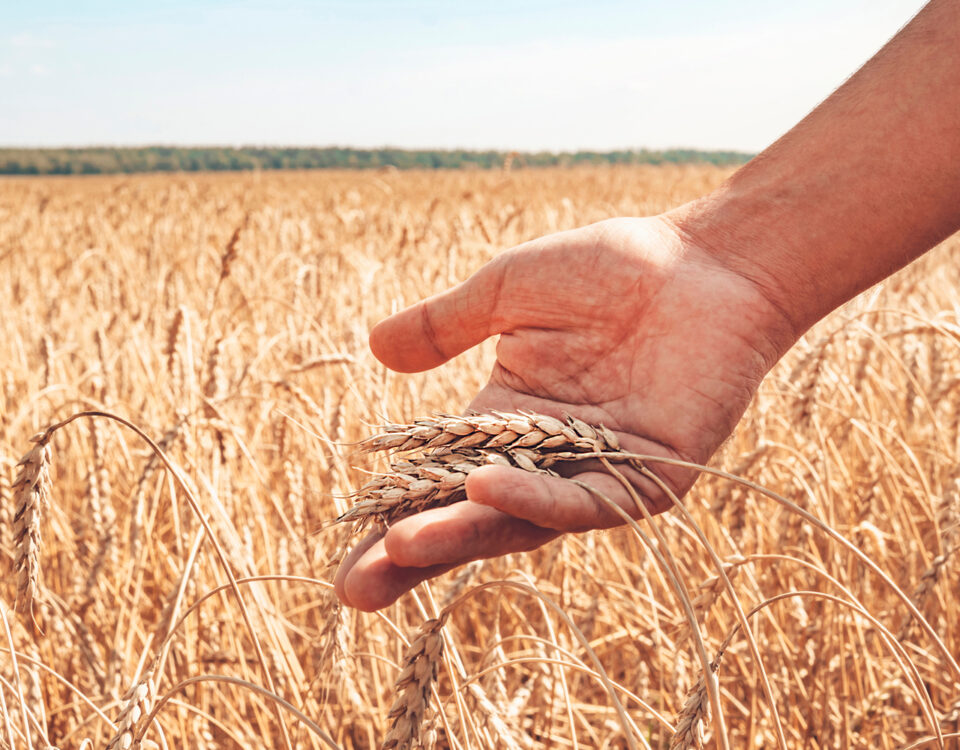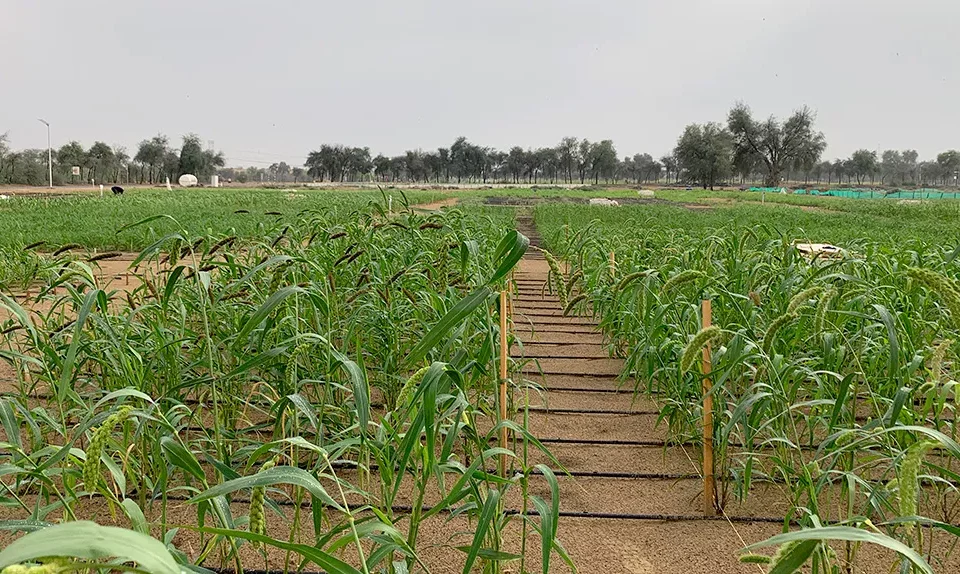
Challenges and Opportunities in Sindh’s Agricultural Sector
August 1, 2024
“KPK Agriculture Project: High Court’s Impact on Future Plans”
August 1, 2024Flowering in cotton is a growing process that can significantly affect crop health. With which the crop is not good. This technique involves the strategic removal of particular flowers. By which the crop does not produce further. To increase overall plant well-being. The main goal is to reduce stress on the plant. With which the plants will stay healthy and look good. It should be allowed to concentrate on the growth of the rest of the flowers. By regulating the number of flowers, cotton plants can allocate more resources to fewer, stronger buds. This method not only improves plant health but also increases the quality of cotton production. Which will increase production. Implementing this process requires an understanding of the plant’s needs and careful planning during its growing season.
Benefits of Controlled Flowering
Controlled flowering can have many benefits for cotton crops. With which the flowers can give their product well. Reducing the number of flowers on plants allows for better resource allocation. The remaining flowers receive more nutrients and energy, resulting in stronger and more flexible cotton roots. The cotton tree produces flowers of its own accord. Additionally, this practice helps reduce the incidence of diseases and pests. Fewer flowers mean less competition for resources. The cotton plant is always on its own which can result in overall healthier plants. This method also reduces plant stress levels, which in turn improves cotton seed germination and growth. By which the farmer gets profit from his land. So take care of your crops yourself.
Enhancing Pollination Efficiency
Proper flower management enhances pollination efficiency in cotton crops. By which the flower population will increase and the cropping system will be correct and the production will be good. When there are fewer flowers, pollinators can focus their efforts on the remaining flowers. This concentrated pollination leads to higher rates of successful fertilization and better cotton yields. With which the plants pay more attention to their life and create a good garden. Efficient pollination ensures that each flower has a greater chance of developing into a healthy cotton boll. This increased effect in pollination ultimately results in improved crop yields and improved cotton quality. By improving the flowering process, farmers can achieve more productive and profitable crops.
Reducing Plant Stress
Releasing excess flowers helps reduce plant stress. Cotton plants can be destroyed. With the destruction of plants, the production will be less and the crop will lose its productivity and the farmer will not be able to benefit from it. Hari will suffer. When too many flowers compete for limited resources. This stress can lead to poor growth and low productivity. By removing some flowers, the plant experiences less competition and can grow more efficiently. Reduced levels contribute to better overall health and stronger cotton production. Healthy plants are more resistant to diseases and pests, which increases yield and quality of crops. Managing the number of flowers is an important strategy in maintaining optimal plant health.
Implementing Flower Management Strategies
Implementing flower management strategies requires careful planning and monitoring. Farmers should assess the health of their cotton plants regularly and make decisions based on observed needs. Techniques such as selective flower removal and adjusting plant spacing can be effective. It is crucial to understand the specific requirements of the cotton variety being grown to apply the right strategies. Proper training and knowledge are essential for successful implementation. By adopting these practices, farmers can improve crop health, increase yields, and enhance the overall quality of their cotton harvest.
The topic for writing this blog has been taken from the post of a farmer from the Sindh Abadgar Board Facebook page.
to read more agriculture related blogs on the website Click here.





